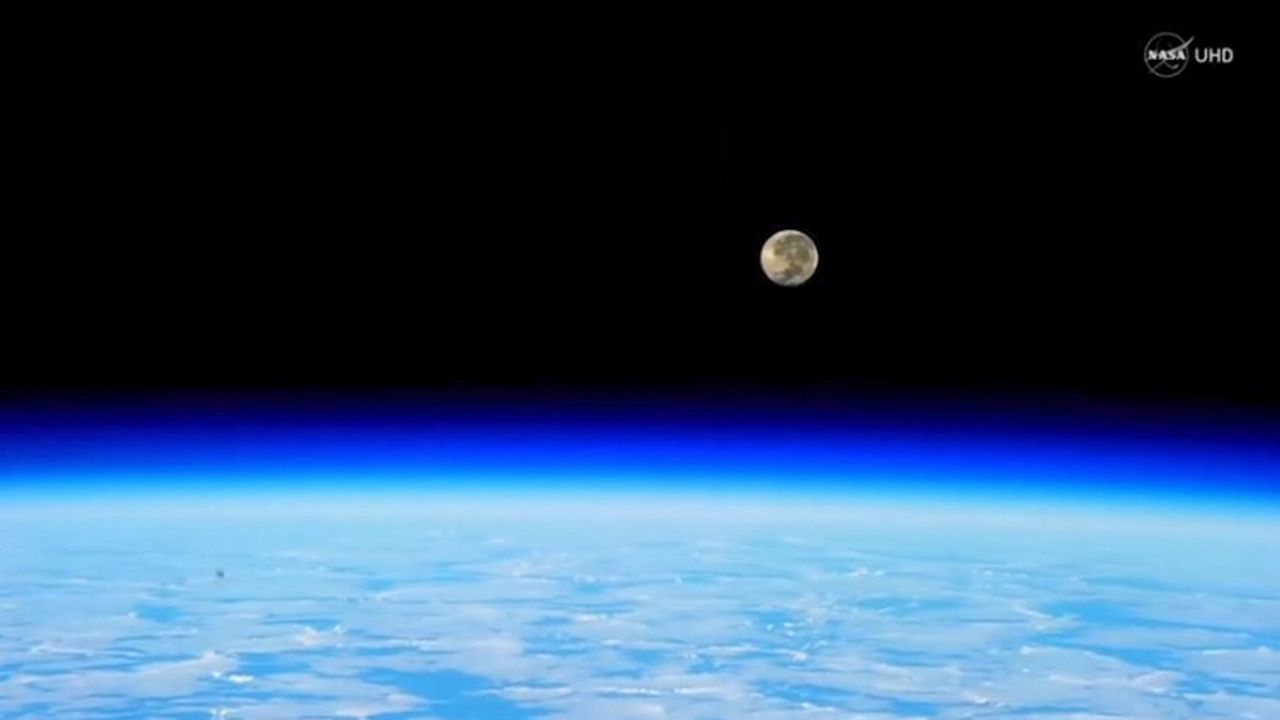After waking up to a beautiful sunrise, I looked west and saw a beautiful waning gibbous moon. What is the difference between waxing and waning? What is the difference between crescent and gibbous?
First, there are four phases to Earth's moon cycle. They are a new moon, first quarter, third quarter and full moon.
A moon cycle lasts 29.5 days. It takes about 27.3 days for the moon to circle the Earth. The 2.2 days difference is essentially the moon ‘catching up’ to the Earth, as the Earth has traveled some 45 million miles during the time it takes the moon to make a full orbit around the Earth.
A waxing moon is a moon that gets more sunlight on it as the days go by. It is after we experience a new moon up to a full moon. A waning moon is after the full moon and will remain waning until we again experience a new moon. One quick way to tell if a moon is in a waxing or waning phase is which side of the moon is the shadow on. If the shadow is on the right, like it is today, we are in a waning phase. If the shadow is on the left, then we are waxing and heading towards a full moon. An easy way to remember is to rhyme bright and right. If the moon is bright on the right, it is waxing.
A crescent moon is any time less than half the moon is lit by the sun. A crescent moon is going from the third to first quarter. A gibbous moon is any time more than half the moon is lit by the sun. We are in a gibbous moon form the first to third quarter.
So now when out on a clear night if someone says, "wow, look at the moon," you can tell them what phase it is in.



